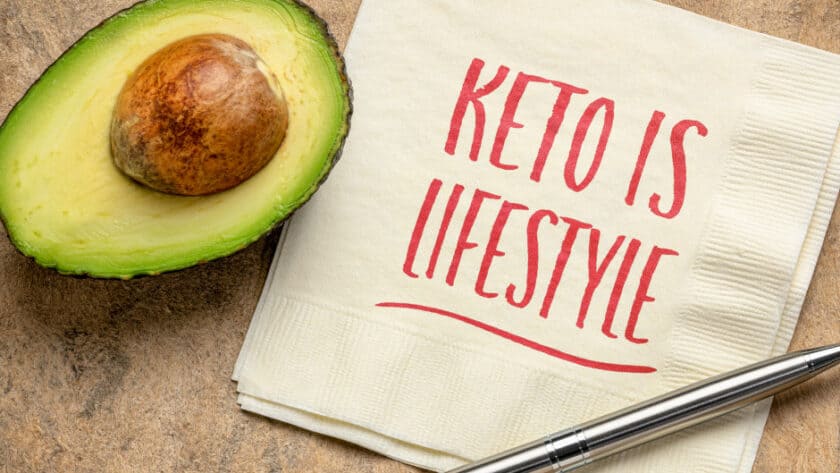Quick and Safe Ways to Achieve Ketosis
Ketosis is a metabolic condition where your body uses fat as its primary fuel source instead of carbohydrates. This metabolic shift can result in weight loss, enhanced energy, and better mental clarity. While many people adopt a ketogenic diet to reach ketosis, it’s possible to achieve this state quickly and safely without adhering to a rigid diet plan. In this piece, we’ll delve into the steps you can take to reach ketosis, its benefits, and how to sustain it for optimal health.
Understanding Ketosis
Ketosis is a natural metabolic state where your body relies on ketones, derived from fat breakdown, as its main energy source instead of glucose from carbohydrates. This metabolic transition can offer several health advantages, such as weight loss, enhanced mental clarity, and boosted energy levels.
Quickly Achieving Ketosis
Achieving ketosis quickly is a goal for many following a ketogenic diet, which emphasizes low carbohydrate intake and high fat consumption, allowing the body to switch from using carbohydrates for energy to burning fats. This metabolic state, known as ketosis, has become popular for weight loss, improved energy levels, and potential benefits for certain health conditions. Here’s how one might achieve ketosis more swiftly:
1. Reduce Carbohydrate Intake
The most straightforward way to enter ketosis is to drastically reduce the intake of carbohydrates, typically to less than 50 grams per day, though some individuals may need to go lower. This means limiting foods such as bread, pasta, sugar, milk, and certain fruits, which can quickly add up in terms of carbs.
2. Increase Physical Activity
Exercise helps to deplete the body’s glycogen stores faster. Since glycogen (stored glucose) levels need to be reduced for ketosis to occur, increasing physical activity can help achieve ketosis quicker. Activities like running, biking, or high-intensity interval training (HIIT) can be particularly effective.
3. Fasting or Fat Fasting
Fasting, or not eating for extended periods, can help the body transition into ketosis quicker. A fat fast, which is consuming a large amount of fats and very few carbs, can also stimulate the body to enter ketosis. This might involve eating foods high in healthy fats like avocados, nuts, and coconut oil.
4. Consume More Healthy Fats
Increasing the intake of healthy fats can help reach ketosis faster. A ketogenic diet typically gets about 70% to 80% of total daily calories from fat. Sources of healthy fats include olive oil, butter, avocado, and fatty fish.
5. Use of Exogenous Ketones
Exogenous ketones are supplements that provide the body with a direct source of ketones, potentially aiding in achieving ketosis faster. These can be particularly useful for individuals struggling to enter ketosis through diet alone.
6. Test Ketone Levels
Monitoring ketone levels can provide feedback on whether the dietary strategies are working. Ketone levels can be measured through urine, breath, or blood tests, with blood tests being the most accurate.
Summary
Quickly achieving ketosis involves a combination of dietary strategies and lifestyle changes, including reducing carbohydrate intake, increasing physical activity, fasting, consuming more healthy fats, and possibly using exogenous ketone supplements. Monitoring ketone levels can help ensure that these strategies are effectively inducing ketosis. It’s important to approach these methods with caution and consider seeking advice from a healthcare professional, especially for individuals with underlying health conditions or those new to the ketogenic diet.



